Nevada is known for its dry climate, untouched natural wonders, and tall, forested mountains. The majority of the state is a plateau, with deep valleys and tall peaks. It has many climate zones, ranging from warm mediterranean in the western part of the state, to vast desert in the south, to high desert in the north.
Weather patterns generally range from dry and hot in metros like Paradise, to dry and cooler in areas such as Elko and Genoa. However, throughout the state, weather can often turn into natural disasters, like flooding, wildfires, and heat waves. When these happen, it’s essential to be prepared.
So what are the most common natural disasters in Nevada, how are they changing, and what can you do to prepare? Whether you’re planning a move to Las Vegas or are looking at apartments in Reno, read on for everything you need to know.
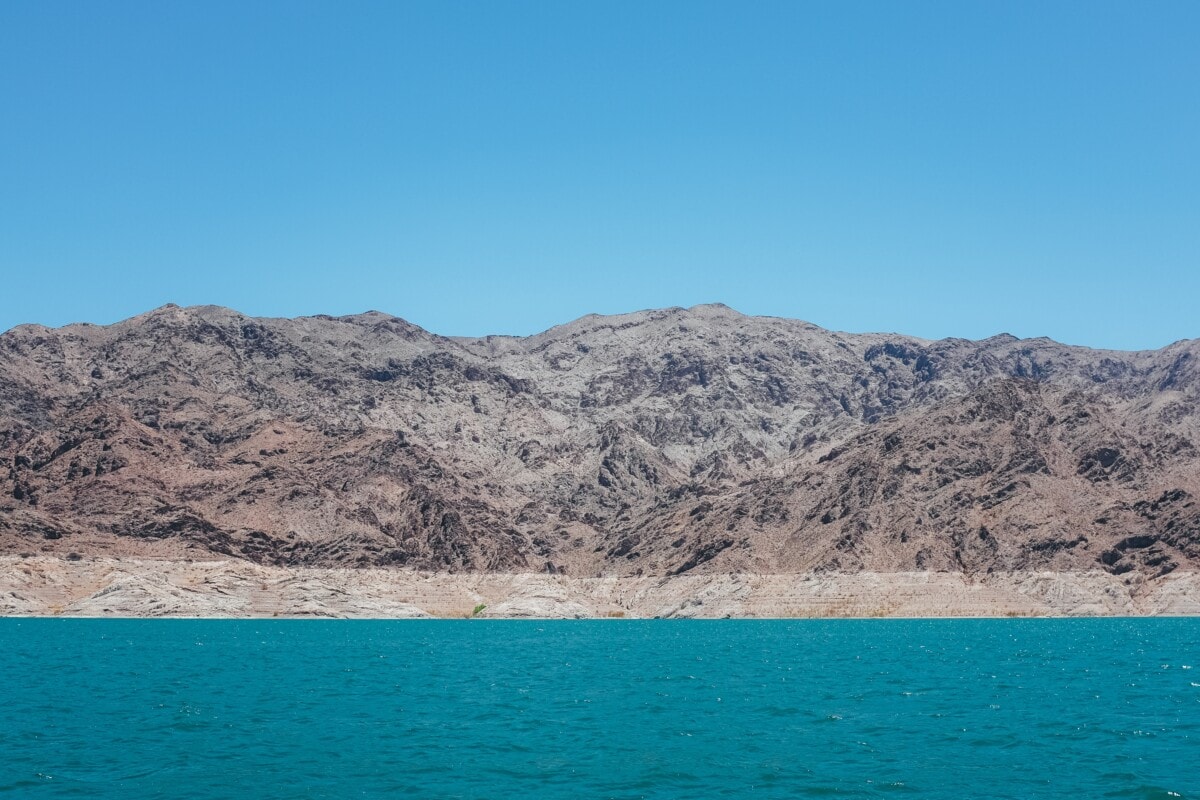
1. Nevada drought
Drought is a serious issue in Nevada, which is already the driest state in the US, receiving an average of 9 inches of precipitation per year. The state is one of many in the Colorado River Basin that has been dealing with a long-term “megadrought.” This drought hit a peak in spring 2022, when 100% of Nevada’s population was experiencing severe to exceptional drought. This prompted the federal government to enact a tier two water shortage for the state, which is still in place.
The state’s water supply primarily comes from the Colorado River at Lake Mead, which has been shrinking due to chronic overuse and reduced precipitation. To help, Nevada has been working with the other six “basin” states who rely on the Colorado River to reduce water use and prevent an emergency that would require dramatic Federal action. Recently, the Lower Basin States of California, Arizona, and Nevada pledged to save around 1 billion gallons of water by 2026.
Southern Nevada has already adopted extremely strict water conservation measures, reducing water usage by 26 billion gallons compared to 2002, even though its population increased by over 750,000.
Droughts are exacerbated by warmer average temperatures, and can also increase the frequency and severity of other disasters, such as forest fires, dust storms, and heat waves.
How to prepare for drought in Nevada
Because Nevada has been experiencing drought for decades, it’s important to adapt your lifestyle to accommodate lower water use and prepare for future restrictions. For example:
- Conserve water in daily tasks.
- Follow all regulations and reduce water use however you can.
- Upgrade to water-efficient fixtures and appliances.
- Use drought-resistant landscaping.
- Stay informed about drought conditions and regulations.
- Support local initiatives promoting water conservation.
- Inspect your home, especially its foundation.
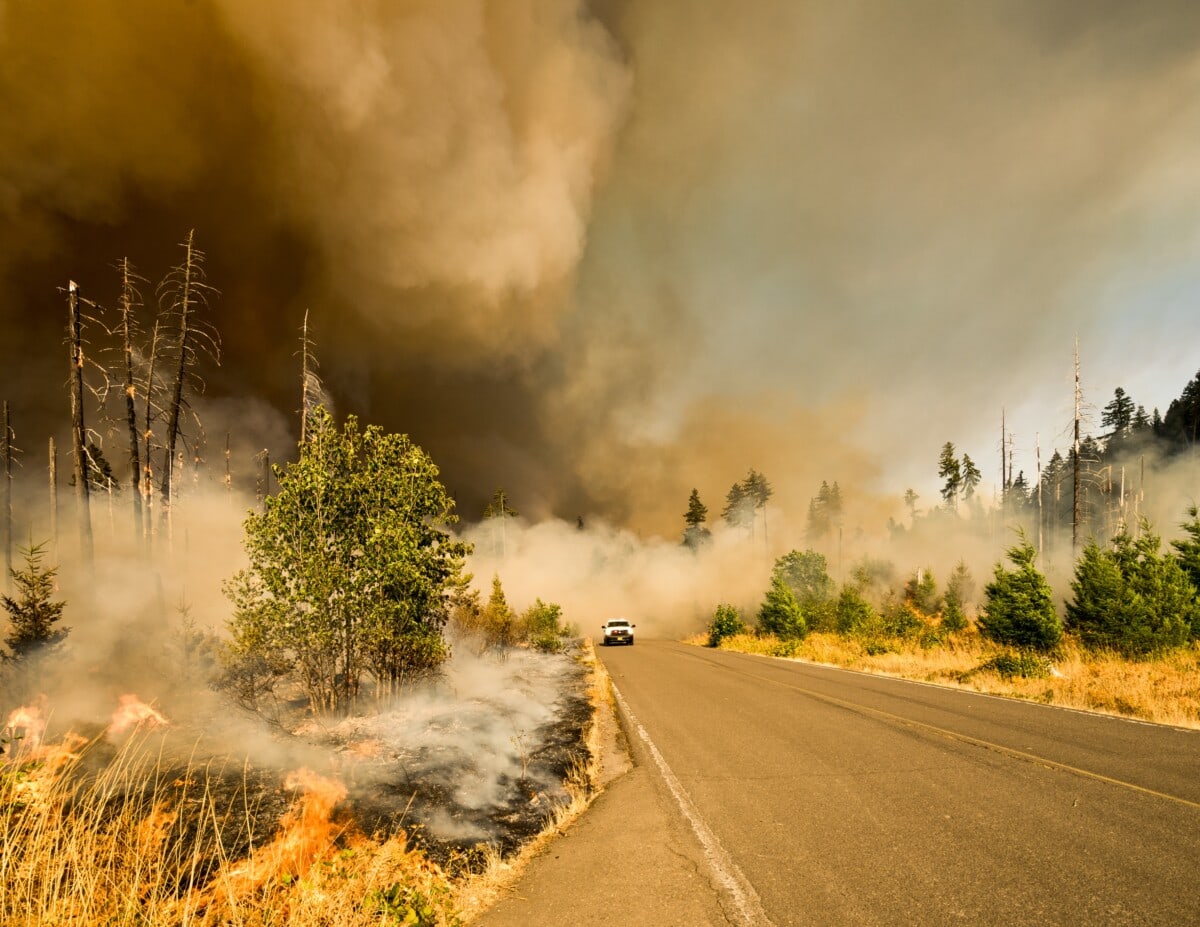
Your future home is just a tap away
Explore homes with the Redfin app anytime, anywhere.
2. Nevada wildfires
Your future home is just a tap away
Nevada cities most at risk of wildfires
- Carson City: 96% of properties at risk
- Elko: 89% of properties at risk
- Reno: 74% of properties at risk
Wildfires are a major disaster in Nevada. In fact, from 2000-2018, wildfires burned more than double the number of acres compared to 1980-1999. Recently in 2018, the Martin and Sugarloaf Fires burned nearly 1 million acres. While most wildfires occur in the northern parts of the state, they can happen anywhere.
Most people don’t live within 20 miles of a recent active wildfire, excluding the mountainous cities of Reno and Carson City. However, according to data from First Street Foundation, 60% (733,893) of properties in Nevada are at risk of being affected by a wildfire in the next 30 years. Importantly, only 27% of properties in Las Vegas are at risk of being impacted by a wildfire, with most risk confined to Summerlin South, Enterprise, and nearby areas.
The state’s dry season from May through September (excluding monsoons), combined with parched forests, sets the stage for devastating fires that can spread rapidly. Prolonged drought and heat waves exacerbate the severity of wildfires. The primary causes of wildfires in Nevada are human activity and monsoon lightning. And in southern Nevada, where there are fewer trees, most wildfires are caused by target shooting and fireworks.
Wildfires can also devastate the landscapes and hillsides of northern Nevada, making them more susceptible to flooding, landslides, and mudslides, especially during intense rainfall.
How to prepare for wildfires in Nevada
If you intend to move to Nevada or already live in the Golden State, preparing for wildfires is essential. Here are some tips to help:
- Create a defensible space around your property by removing flammable materials and trimming or removing dry vegetation.
- Install interior and exterior sprinkler systems, if you have access to enough water and drought restrictions don’t prohibit it.
- Install a generator to keep the power running in case of power outages.
- Stay updated on fire weather forecasts and follow all fire restrictions.
- Prepare for poor air quality by purchasing an air purifier and installing HEPA air filters on air conditioning units.
- Build an emergency kit with essentials and valuable documents.
- Ensure your insurance adequately covers fire damage, or, if the rising premiums are too high, understand the risks of going uninsured.
- Work with your community. This is the most successful way to mitigate fire risk in your neighborhood.
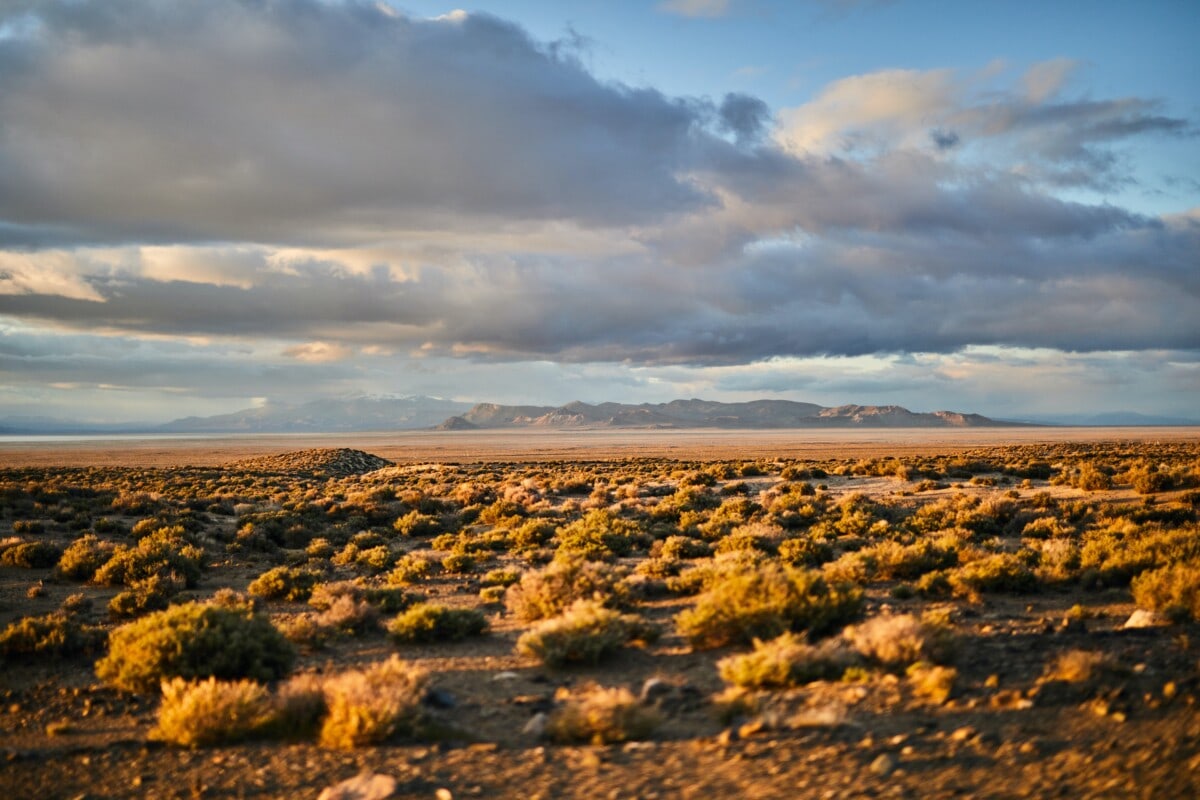
3. Nevada heat waves
Nevada cities most at risk of extreme heat
- Las Vegas: 100% of properties at risk
- Fallon: 97% of properties at risk
- Pahrump: 91% of properties at risk
Hot, dry weather is common throughout Nevada, especially in the Southern parts of the state, where most of the population lives. Summer temperatures can reach over 100 degrees Fahrenheit throughout the state, especially in July and August. Most recently, during a heatwave in 2023, Las Vegas recorded temperatures above 100 degrees every day in July, with two weeks hitting a daily average temperature of 100.7. The city also hit 110 ten days in a row.
According to First Street Foundation, 66% (1.2 million) of homes in Nevada currently have a Severe Heat Factor, meaning the average daily temperature is at least 95 degrees Fahrenheit for the hottest month of the year. The overwhelming majority of homes at risk are in Clark County, which is home to Las Vegas.
Cities often feel the heat worse than rural areas due to the urban heat island effect. Las Vegas is the worst heat island in the country, experiencing a 5.76 degree difference between urban and rural temperatures. Las Vegas is also the fastest warming city in the US, with average temperatures increasing nearly 6 degrees since 1970.
How to prepare for heat waves in Nevada
Heat waves can be intense and cause health issues, including heat stroke and dehydration. As such, it’s essential to be prepared when they arrive. Here are a few ways to stay cool in extreme heat:
- Stay updated on forecasts and advisories.
- Prepare a meal plan that doesn’t involve cooking indoors.
- Stay hydrated before, during, and after a heat event.
- Make sure your air conditioning is functioning properly.
- Install a generator in case the power goes out due to strained utility systems.
- Limit outdoor activities to the early morning and late evening.
- Switch from incandescent to LED light bulbs.
- Stock up on lightweight, protective clothing.
- Close blinds, shades, and curtains.
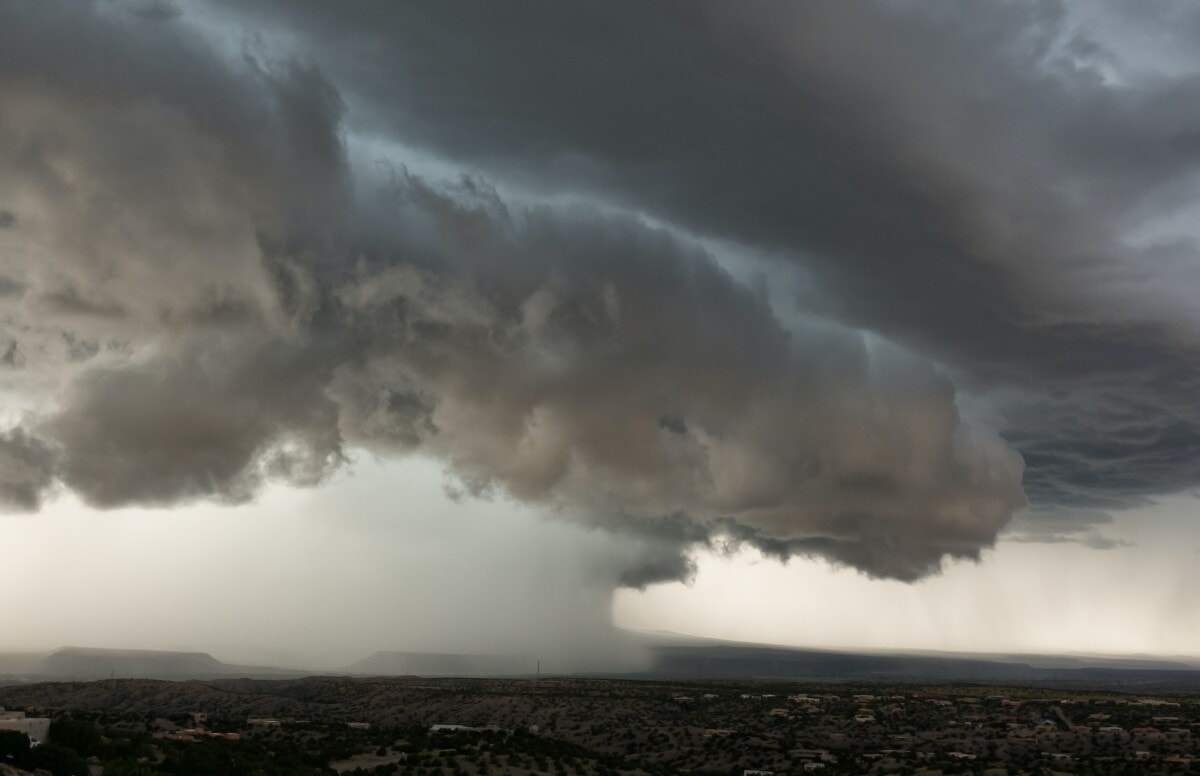
4. Nevada flooding
Nevada cities most at risk of flooding
- Pahrump: 14% of properties at risk
- Gardnerville Ranchos: 11% of properties at risk
- Nonmetropolitan area: 11% of properties at risk
The Sagebrush State is known for its dry climate, but it’s actually very prone to flooding. 11% of properties in Nevada have a chance of being severely affected by flooding in the next 30 years, with most located in the mountains and highlands.
Nevada’s flood risk profile is marked by its dry climate, which makes it particularly susceptible to regional and flash floods year-round. Some cities also have a risk of riverine flooding. Recently, in February and March 2023, the winter storms that hit the Sierra Nevadas prompted a disaster declaration in Nevada for flooding, landslides, and mudslides. And, later in the year, an intense late summer monsoon caused flash flooding throughout Clark County.
Nevada is also prone to snowmelt flooding. The Carson Range and nearby peaks in Northwestern Nevada can receive substantial snowfall in the winter, often through winter storms and blizzards. And as temperatures rise in the spring and summer, this snow can melt rapidly, especially during an early heat wave.
How to prepare for flooding in Nevada
In Nevada, preparing for a flood is essential, particularly during sudden intense rain and snowmelt events. Because a large portion of the state is prone to flash flooding, you may not have much time to prepare, so it’s critical to practice and have supplies ready during the spring and summer. Here are a few tips to help:
- Familiarize yourself with flood risk maps for your area to see your potential risks.
- Consider flood insurance if you’re in a high-risk zone.
- Keep emergency supplies on hand, including non-perishable food, water, medications, and important documents.
- Elevate valuable items in flood-prone areas of your home, and install sandbags or barriers if necessary.
- Invest in flood sensors.
- Stay tuned to weather forecasts and alerts, and have a communication plan in place with your family.
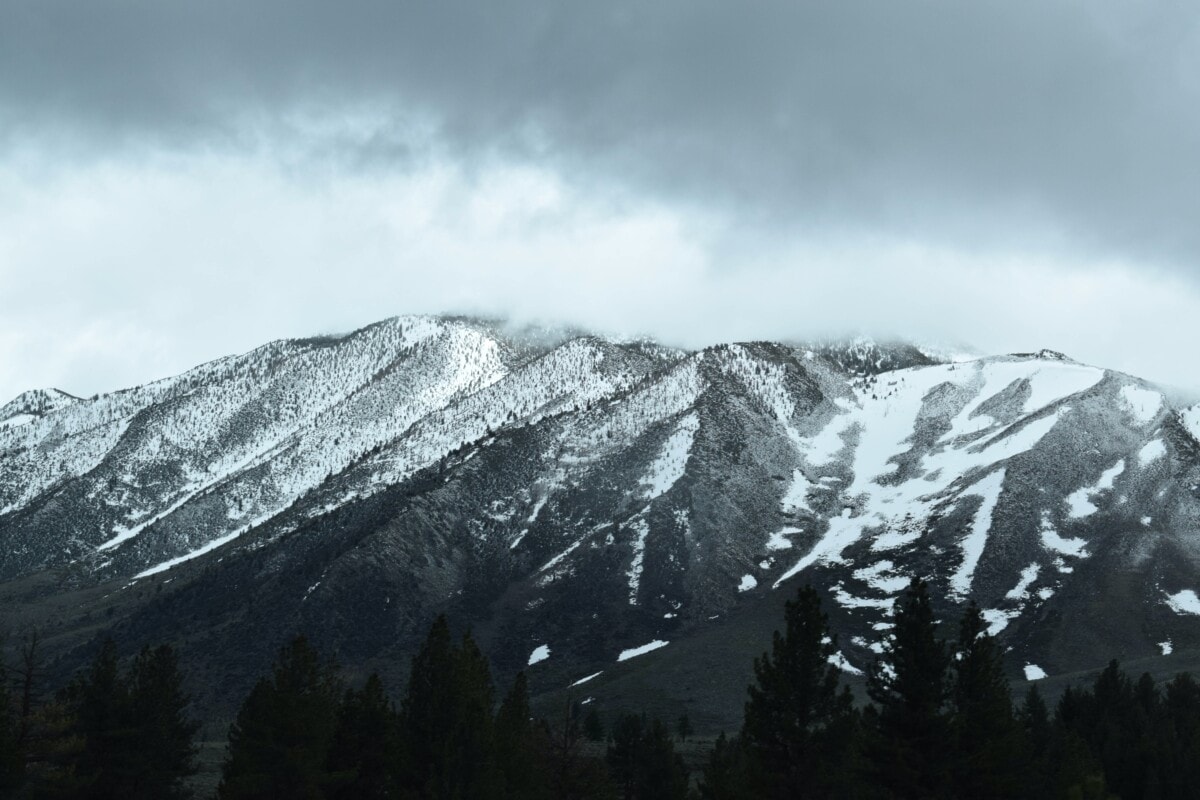
5. Nevada earthquakes
Earthquakes are a major risk in Nevada. The state is home to thousands of fault lines, and many regions experience dozens of tiny earthquakes every day. The most notable region is the Walker Lane, which is a trough consisting of thousands of fault lines that pass through most of the Western border of Nevada and into southern California. This is where most geologic activity occurs, although there are notable major faults in the Las Vegas Valley. Reno and Carson City, located along the Walker Lane, are at a particularly high risk, although Las Vegas would suffer far more damage.
There have been 23 earthquakes with a magnitude 6 or greater since the 1840s, with the most recent being the Ridgequest quakes in 2019.
While earthquakes are infrequent, they are by far the most destructive type of disaster in Nevada when they hit. Additionally, Nevada can also be affected by earthquakes with epicenters in California, such as the recent quake in the Sierra Nevadas that was felt in Reno.
How to prepare for earthquakes in Nevada
Earthquakes are irregular but destructive and can cause significant damage to structures, utilities, and water systems. Main shocks can last for minutes, while aftershocks can last for years. They can also strike suddenly, at any time, with only seconds of warning. As such, preparing your home is critical. Here are a few tips to help:
- Practice drop, cover, and hold on, so you’re ready when a quake hits.
- Purchase earthquake insurance to cover some losses in the event of a quake. This is a separate policy that you purchase in addition to regular homeowners’ insurance. It’s also available to renters.
- Make sure you have a durable, charged communication device in case of an emergency.
- If you rent, ask your landlord about the building’s seismic history.
- Keep your emergency kit stocked, updated, and accessible.
- Anchor heavy items to the wall, strap down expensive electronics, and secure small valuables.
- Brace your water heater according to state law.
- Ensure your gas lines have flexible connections.
- If you live in a house built before 1980, it will likely need to be retrofitted. Don’t do this yourself; hire a seismic retrofitting professional.
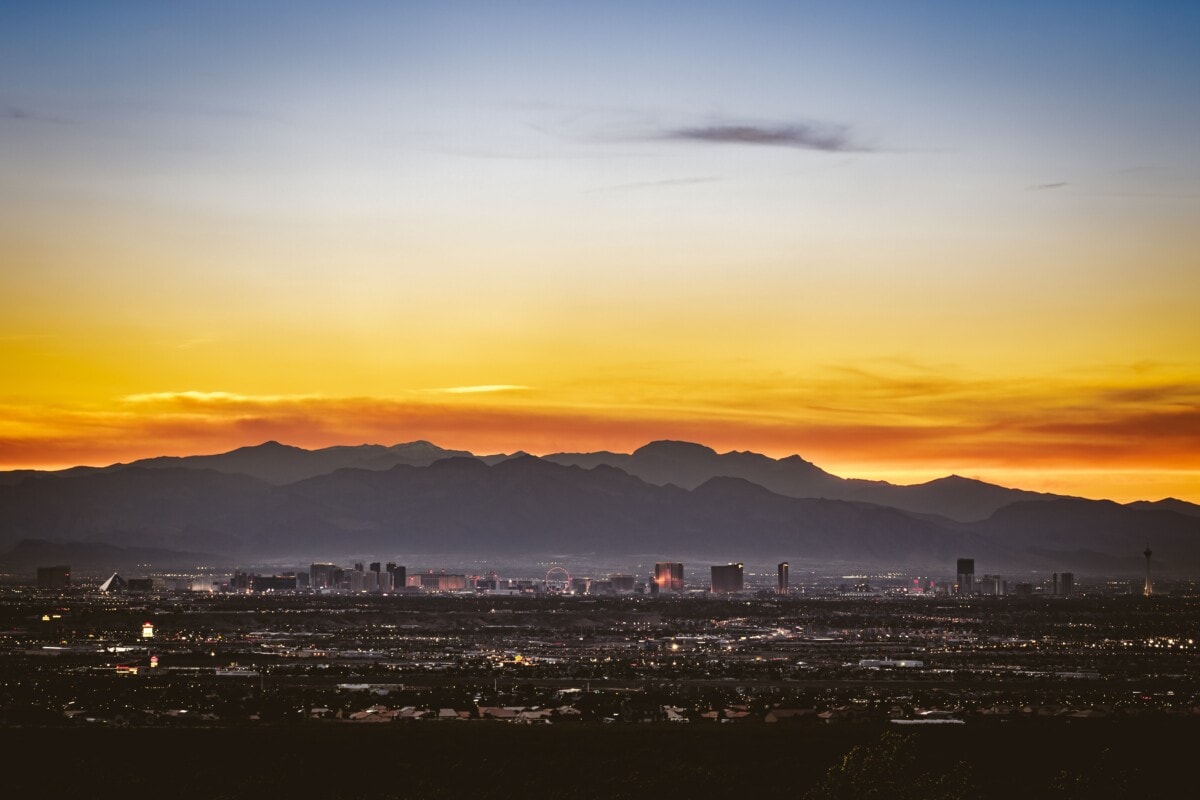
Final thoughts on natural disasters in Nevada
Nevada’s climate is diverse, dry, and pleasant. Drought, fire, heat, flooding, and earthquakes make it a varied and unpredictable place to live. Many cities in Nevada, especially Las Vegas, continue to be the most popular migration destinations, primarily due to people’s desire for sun. Because of this, the state’s population has increased by over 70,000 since 2020.
If you’re considering moving to Nevada or already call The Silver State home, make sure you’re prepared for natural disasters and long-term weather events. Understanding your risks and adequately preparing are helpful to make the most out of living in Nevada. The National Weather Service and University of Nevada, Reno offer experimental maps that show forecasted and past risks in any given area, which can help you prepare.
Lastly, many natural disasters are worsened by climate change. So no matter how you prepare, reducing your carbon footprint and pushing for systemic change are the best long-term solutions.
“At risk” means a property has a major or greater probability of being affected by a certain risk in the next 30 years. State and metro data is courtesy of First Street Foundation.
This article is for informational purposes only. Individual results may vary. This is not intended as a substitute for the services of a licensed and bonded home services or disaster prevention professional. Always seek expert advice and follow all official guidance before, during, and after a disaster.


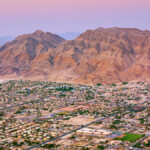
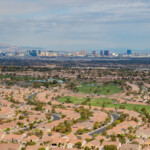


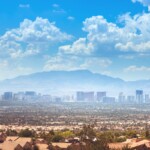

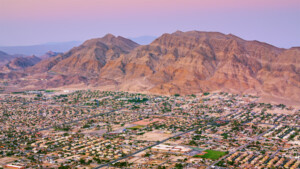
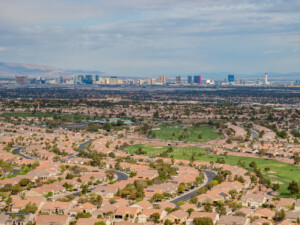


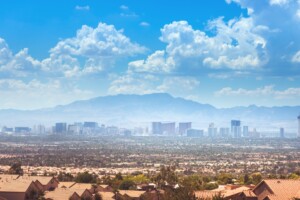
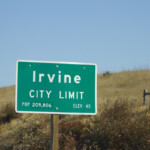
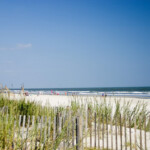










 United States
United States Canada
Canada